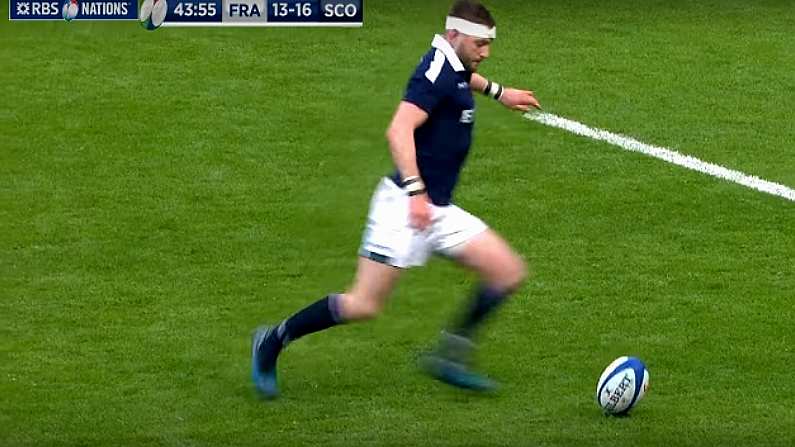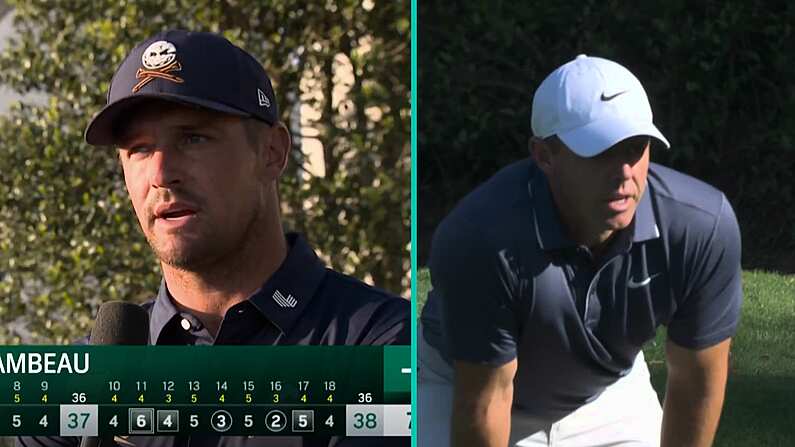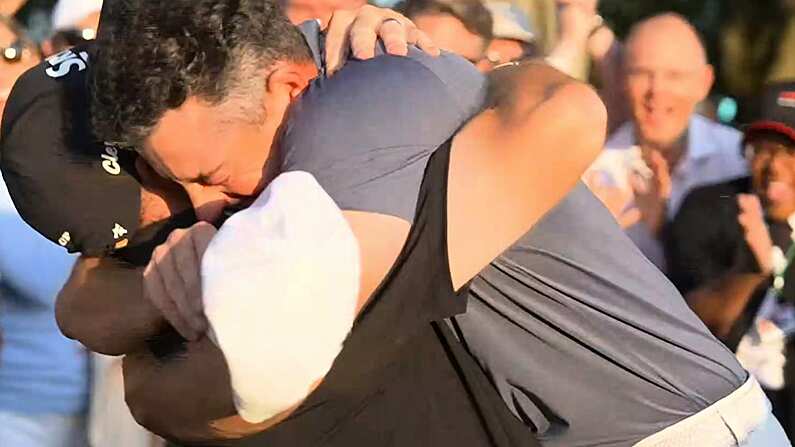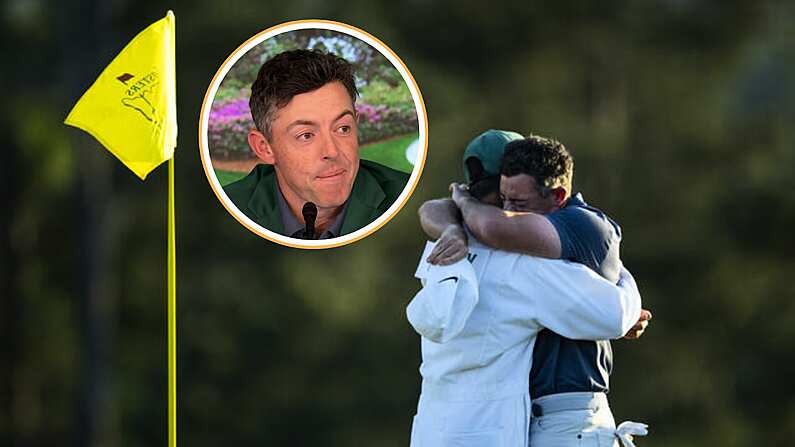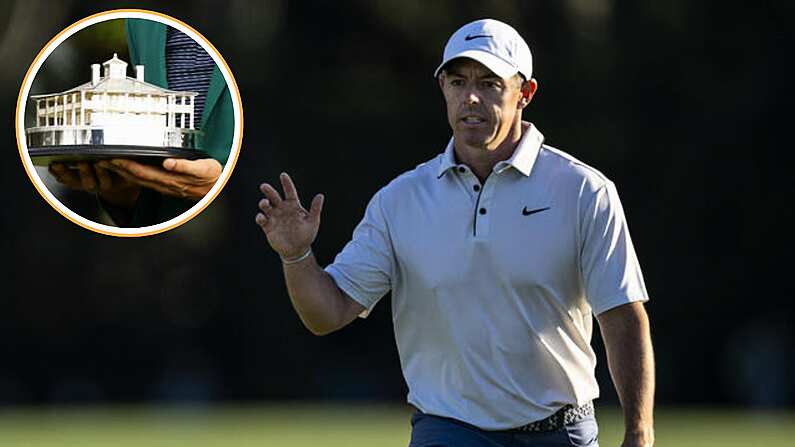The guttural roars evoked by Scottish replacement Tim Swinson's try under the posts in Paris quickly turned to bemused groans when Finn Russell made an absolute hames of his conversion.
The Stade de France, which had just seen the Scots edge in front by three points and, like the rest of us watching, would have presumed that lead was about to be extended to five, instead erupted in glee as the ball dropped off the tee and a hurried Russell skewed the ball beneath the bar from all of 10 yards in front of the sticks.
It was rather typical of an occasionally rip-roaring but bizarrely error-strewn game; neither commentators nor those in the stands could quite detect why Russell had felt compelled to rush the conversion to that extent, and why indeed he didn't simply drop a goal when the ball was leaning precariously off the tee.
Thankfully we weren't presented with a result which would have rendered the miss costly, with France pulling through by six points. The question remained, however, as to what in the name of all that's holy went on with Russell's kick - arguably the worst in the history of the Six Nations.
Finn Russell conversion explained
Initially it was believed the Glasgow 10 had been told by referee Jaco Peyper to hurry his kick due to the alotted time for the conversion having elapsed; the South African official was the subject of much abuse from Scottish rugby Twitter, where a number of fans claimed to hear Peyper rushing Russell.
The reality is that somebody was rushing the 24-year-old Stirling man, but it wasn't Peyper at all. It was Scottish coach Nathan Hines.
As you can hear in the above clip of Swinson's try and Russell's attempted conversion, a southern hemisphere-tinged accent cries, "TAKE IT! TAKE IT!"
That was indeed the voice of Australian-born former Scotland and Leinster lock Hines, who was imploring Russell to convert Swinson's try before poor, innocent Jaco Peyper had a chance to review footage in which Scottish winger Tom Seymour possibly interfered with French fullback Scott Spedding in the air directly prior to Swinson's score.
As per World Rugby rules, Peyper - despite having awarded the try - would have been within his rights to reverse his decision and go to the TMO to review the footage. However, once a conversion is kicked, a referee cannot review a try. The rule reads as follows:
If, after a team in possession of the ball has touched the ball down in their opponents’ ingoal
area (including after a try is awarded and before the conversion is struck), any of the match officials (including the TMO) have a view that there was a potential infringement, within the list of offences (see 2.3) before the ball was carried into in-goal by the team that touched the ball down, they may suggest that the referee refers the matter to the TMO for review.
And so Hines, aware of the TMO protocols, implored Russell to slot his kick before Peyper could catch the replays on the big screen.
Not that Russell himself was aware, however, as you can plainly see from his reaction to Hines as he jogs back to halfway having suffered the indignation of botching a kick beneath the posts.
Scotland's Sean Maitland explained post-match:
There was miscommunication from the sideline. They thought Tommy Seymour maybe pushed Scott Spedding so the try would be reviewed.
Once you kick the conversion, you can’t go back and review it. They wanted to hurry up and kick it but the ball fell over. To be honest, it shouldn’t have happened.
As it would happen, Peyper had already agreed that there was insufficient contact from Seymour to review the score, but a miscommunication from a concerned Hines put the heebie-jeebies into Russell, who missed his kick and turned around in disgust.
An altogether entertaining mishap on a rather weird but entertaining game at Stade de France.
SEE ALSO: Bonus Point Maths Suggest Outlook Still Bleak For Ireland's 6 Nations Chances


